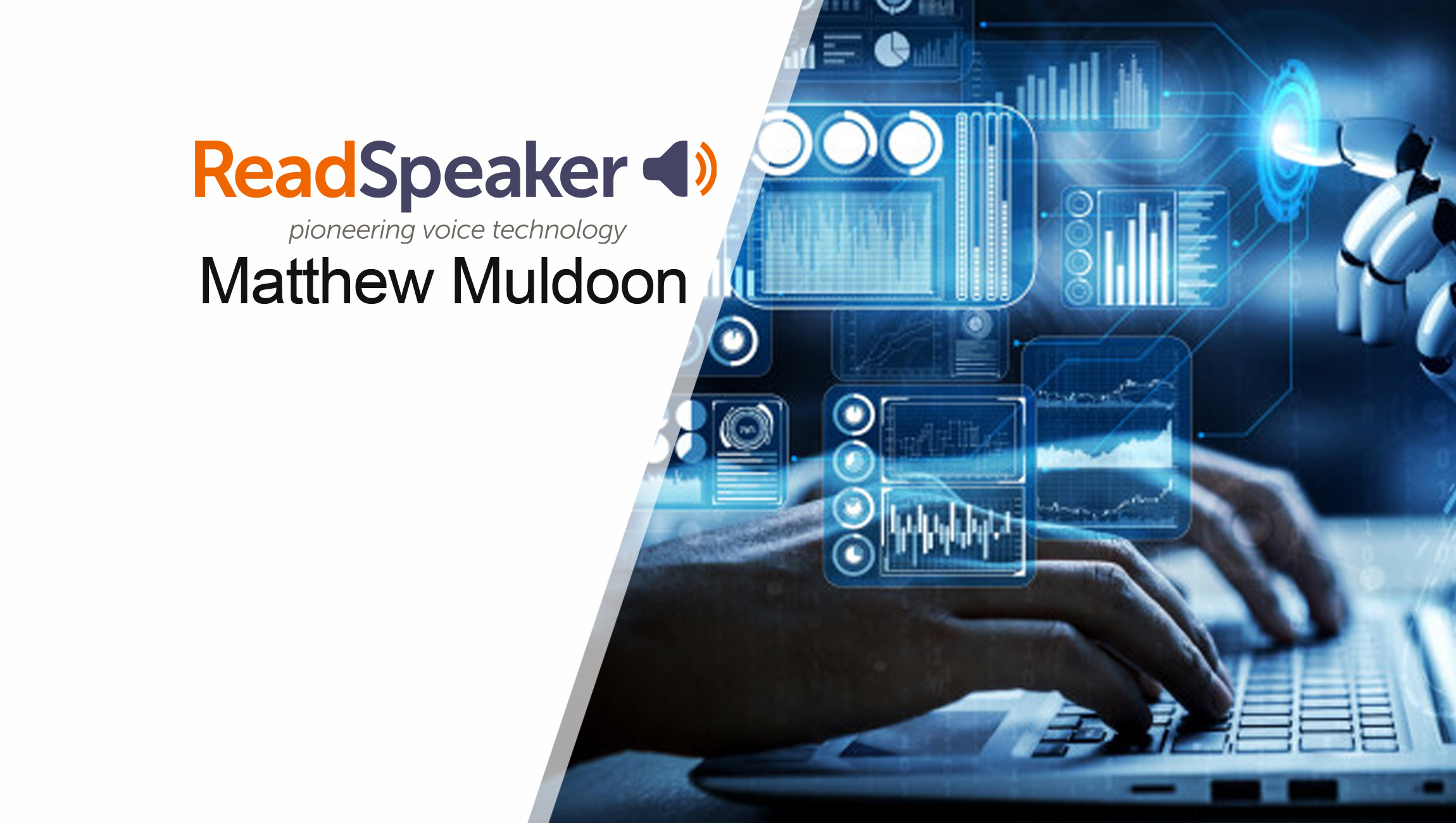When reading the words “deep learning,” many people automatically think of IT departments. But deep learning is more pervasive than people realize—it’s the technology that enables smart speakers to understand when people tell it a command; it helps Google’s search algorithm rank web page results; and it decides where online ads are shown on a person’s desktop or mobile app.
These examples show that marketing departments are benefiting from deep learning technology, and the use cases are indispensable to their marketing strategies. To use deep learning to its full advantage, marketers must become familiar with the technology and other ways in which it can be used.
Marketing Technology News: Clinch Secures $10M in Series A Funding Round to Support Accelerated Growth and Increasing Demand…
What is deep learning?
At a base level, deep learning is a type of machine learning that uses deep neural networks (DNN) to produce a narrow form of artificial intelligence. It is the technology that powers language translation software, facial recognition, voice assistants and text-to-speech voices, all of which are becoming more ingrained in the way we live, work and play. Deep learning can easily automate tasks that used to require human intelligence and manpower, making it an essential tool for general business needs as well as marketing departments.
In the early days of deep learning, the technology only allowed computers to do things that used to be completed by humans. Thanks to advancements in the technology, deep learning now also creates more lifelike interactions with digital systems that marketers can use to create more engaging experiences for their customers.
How deep learning and marketing intersect
As marketers know, creating highly personalized, relevant content is crucial to retaining a loyal customer base and attracting new customers. Since more than 90% of consumers are more likely to interact with brands that share relevant offers and recommendations, marketers need to use every tool available to them to ensure they’re providing the best experiences for their most important customers.
With deep learning technology, marketers can meet—and exceed— expectations by offering:
- Personalized messaging: Instead of spending valuable time having employees analyze customer information, deep learning can dissect unstructured customer data, including who they are, what they like and when they make purchases. These findings empower marketers to segment their audience to the individual level versus targeting a wider audience, such as Netflix making recommendations based on what a customer has previously watched and enjoyed.
- Automated customer service: Customer experience is vital to understanding what customers want and expect. But it can be extremely cost inefficient to maintain a large team of customer service specialists. With deep learning, marketing teams can leverage smart assistants, AI-powered chatbots and conversational interactive voice response systems to solve customer service issues at any time. This allows customer service specialists to tend to more business-critical issues or respond to the inquiries that can’t be fully managed by deep learning.
- Pay-per-click (PPC) advertising: For consumers who spend time online, whether on a desktop or mobile apps, seeing a variety of ads isn’t unusual. Thanks to deep learning advertising services, companies decide where to place online ads to generate the greatest user response. The entire PPC ecosystem is built on deep learning, since the dominant business model relies on real-time bidding. By leveraging data about site visitors to see the value of a given impression, companies can then auction the ad off to a consumer—or a competitor with a higher bid—in a matter of seconds to ensure that users respond to and act on the ads they see on their devices.
- Natural language understanding: Smart assistants and conversational interactive voice response systems leverage deep learning to comprehend natural human speech that enables users to make requests. For example, instead of a customer calling a traditional call center, they could ask their smart speaker to initiate a product return. From there, the voice assistant can open the company’s voice app and guide the customer through the return process. Deep learning and natural language understanding software recognizes that requests such as, “I’d like to make a return” and “Can I send my purchase back?” mean the same thing, so consumers don’t have to remember certain phrases or words to initiate a task.
- Voice branding: With estimates predicting that the number of U.S. smart speaker buyers is projected to reach more than 23 million in 2021, it’s clear that voice technology is becoming preferable among consumers. In fact, almost 30% of consumers said they’d prefer voice interaction with their mobile apps. This gives marketers a new channel on which to interact and share information with consumers. To maintain brand consistency across devices, though, marketers can leverage deep learning to create a custom branded voice that embodies a brand’s personality. This creates a deeper level of trust with consumers and provides an overall better experience.
As deep learning becomes more embedded in how marketers craft their strategies, they must understand exactly what the technology is and the numerous ways in which it can be deployed. By incorporating deep learning into their plans, marketers can better engage, acquire and retain customers and provide better experiences.
Marketing Technology News: MarTech Interview with Adam Cason, Vice President, Global and Strategic Alliances at Futurex











